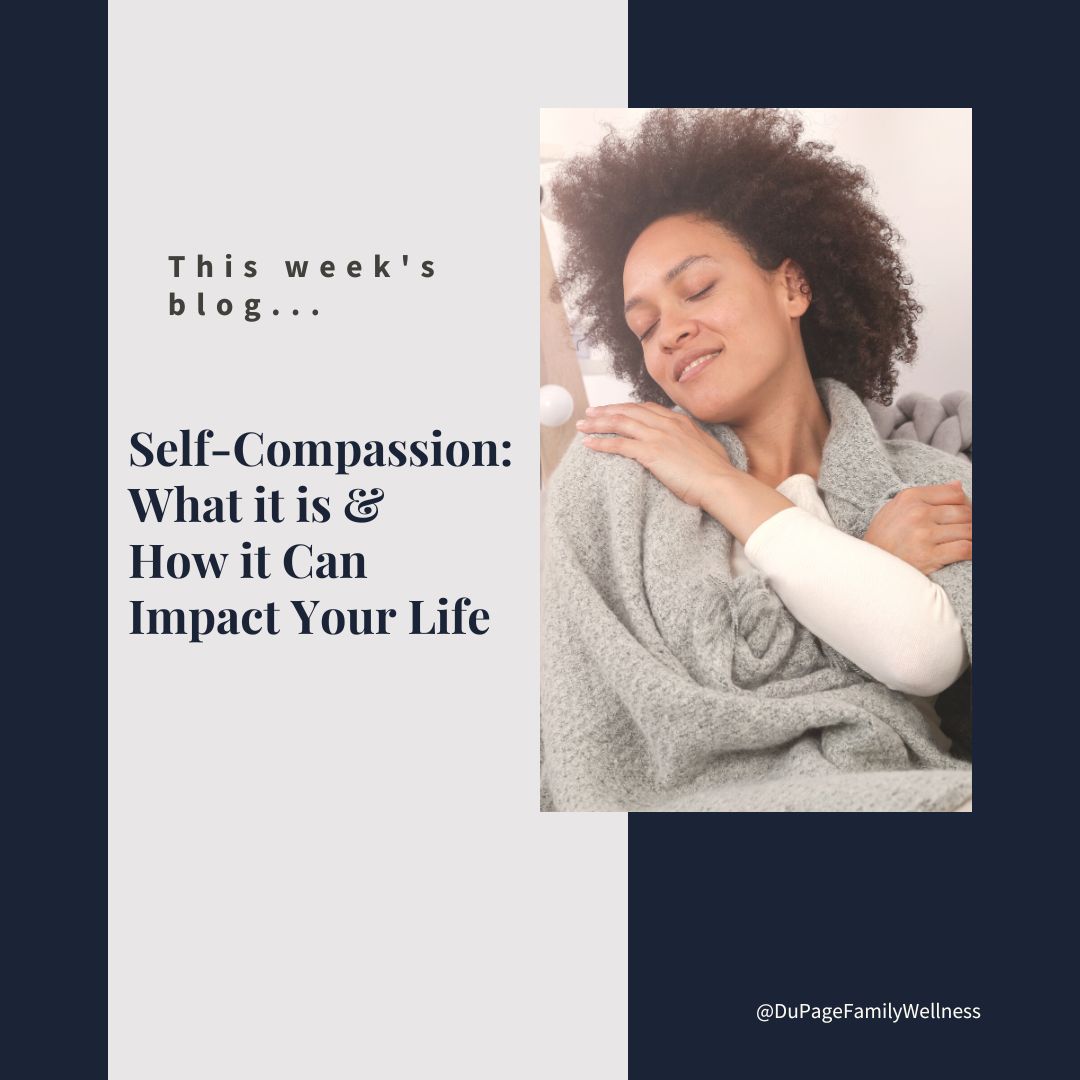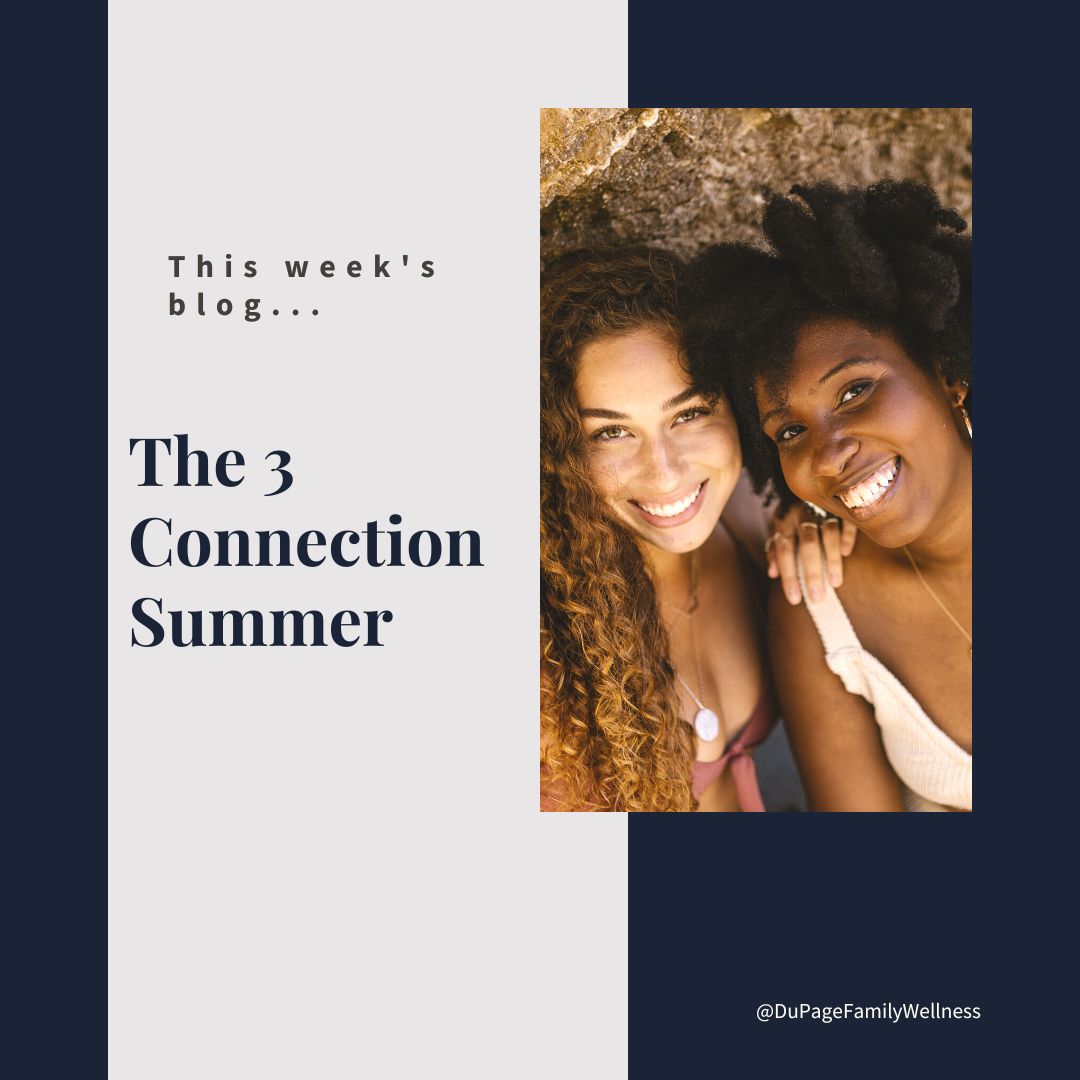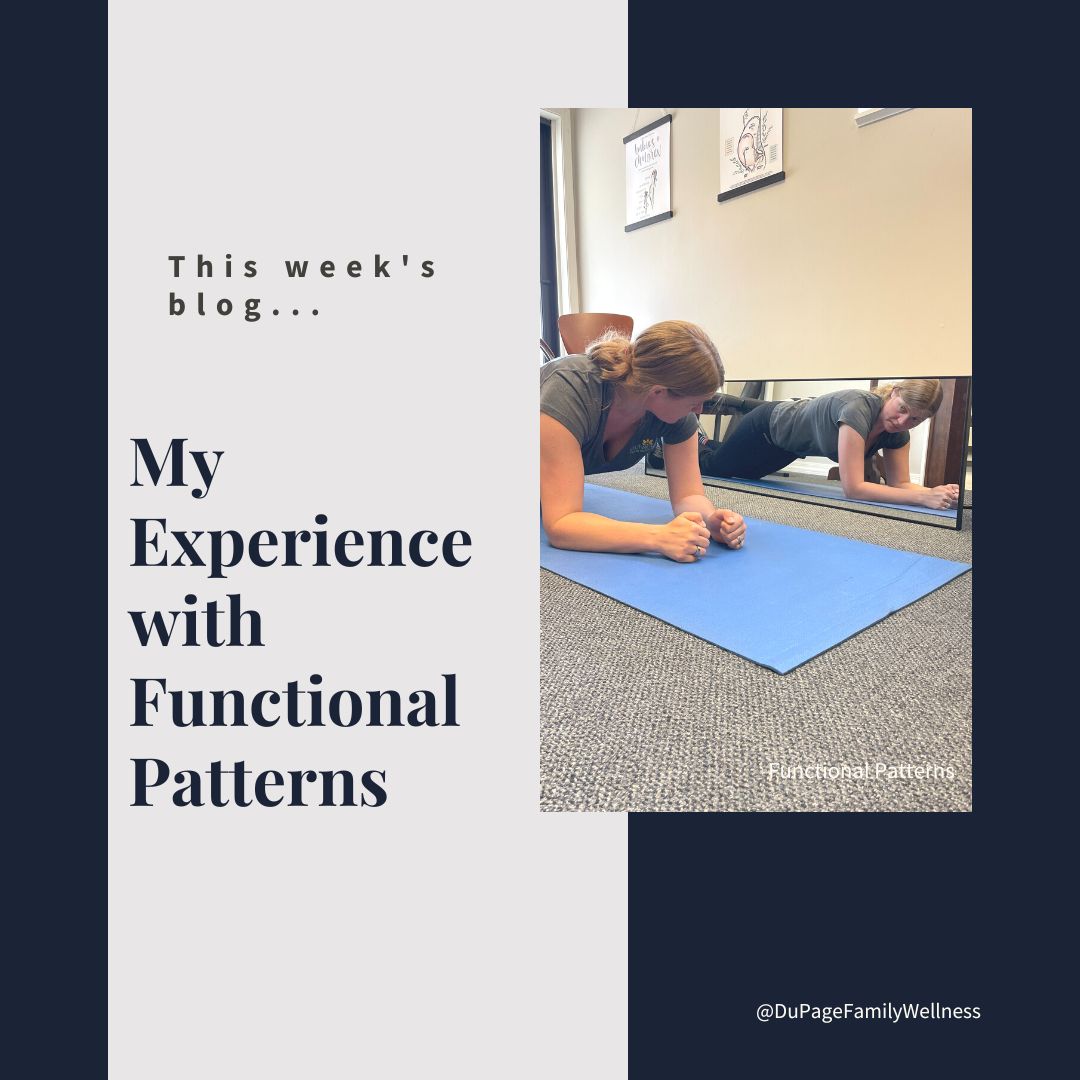 It can be a lot of fun to buy a new backpack each year. Little kids love to find ones with their favorite characters on them, while older kids may be trying to express themselves through the style. Either way, kids tend to focus on how it looks.
It can be a lot of fun to buy a new backpack each year. Little kids love to find ones with their favorite characters on them, while older kids may be trying to express themselves through the style. Either way, kids tend to focus on how it looks.
Many parents make sure there are enough pockets and a water bottle holder, but never think about how their child is wearing the backpack. A backpack is worn each day, so it is important to show your child some tips to make it comfortable and functional.
In addition to making the backpack more comfortable, it can protect your child’s back and prevent injury. Let’s look at some tips to start the year off right.
Straps
When your kids wear their backpacks, make sure the straps are snug. If the straps are too loose, the backpack will hang low. This causes an arch in the lower back that creates an unnatural forward posture putting a heavier load on the neck and shoulders.
Encourage your kids to use both straps. Using one strap can create an imbalance, especially if they use the same shoulder each day. As the weight of the backpack pulls on one shoulder, the body shifts to compensate. This leads to some muscle groups becoming weaker and others becoming tighter. Our posture should not be strongly affected by wearing a backpack. When the straps are tight and both straps are used, posture will be less affected.
Weight
Be sure not to overload the backpack. The weight of a full backpack should be less than 10-15% of the body weight of the person carrying it. So, don’t let them bring extra stuff that will weigh them down.
Have them put the heaviest items closest to their body with the straps tight. This makes the center of gravity closer to their back causing the backpack to feel lighter.
Features
It helps to buy a backpack that is lightweight and padded. Canvas is lighter than leather and won't weigh them down. Padding on the straps and in the lower back can redistribute the weight taking pressure off the neck and shoulders.
Using the chest buckle or waist strap also distributes the weight providing more support. This may not be necessary when classes are close together but can be useful when walking longer distances within the school or in transit to school.
Discomfort
Wearing a backpack should not cause discomfort. Try making these simple modifications if your child’s back, neck, or shoulder begins to hurt. If that doesn’t resolve the issue, give us a call.
Pain, especially in kids, is not a normal “back-to-school symptom” and should be taken care of as quickly as possible. The great thing about kids is that their bodies typically respond to treatment quickly.
Remember, these rules apply to adults as well! Keep them in mind whether you are traveling somewhere with your gear or carrying your laptop to the coffee shop.
Dr. Jamie
P.S. Another tip for the beginning of school is to shop for supplies early or online. Target's School List Assist makes online shopping simple. Just follow the link, put your zip code in the yellow box, and choose your child's school/grade. A list of needed supplies will pop up, and you can select the items you want from the list.
 Who do you turn to when life gets difficult? Think about the qualities that make you choose them in your time of need. Perhaps you don’t have that kind of friend. What would you need to see in a friend to be able to trust them in that manner?
Who do you turn to when life gets difficult? Think about the qualities that make you choose them in your time of need. Perhaps you don’t have that kind of friend. What would you need to see in a friend to be able to trust them in that manner?
The best thing about these friends is often your ability to be yourself without having to hide your failures or disappointment. They accept your experience as valid without judgment, showing kindness in every situation. In other words, they are compassionate.
So, let me ask you, are you that kind of friend to yourself? That’s right, most of us are more kind to others than we are to ourselves. We are patient and accepting of their struggles and failures while we beat ourselves up over ours.
Showing yourself the same level of care that you would show a good friend is called self-compassion. Let’s look at how that can make a difference in your life and find some practical ways to develop self-compassion.
What is Self-Compassion?
Author and associate professor, Kristen Neff, Ph.D. is recognized as one of the world’s most influential research psychologists. She explains that “having compassion for oneself is really no different than having compassion for others.”
Compassion literally means to “suffer with.” When we are compassionate we enter into someone’s suffering for a time. We don’t try to explain away the suffering, blame them for their suffering, or minimize it. We just let it be what it is, knowing that our compassion toward them will make a difference in their experience.
How Do You Treat Yourself?
Oftentimes, when we suffer we are not very kind to ourselves. We may try to push the feelings away, blame ourselves, or think our feelings are silly. Our experience is not one of acceptance and care.
Neff says that “self-compassion entails being warm and understanding toward ourselves when we suffer, fail, or feel inadequate, rather than ignoring our pain or flagellating ourselves with self-criticism.”
It involves treating yourself like a dear friend. How would you react to a friend in your situation? Would you berate them and tell them they were silly? Would you tell them to just get over it because it’s no big deal?
No, a good friend wouldn’t do any of those things, so don’t do it to yourself!
Components of Self-compassion
When we have self-compassion we give ourselves the care we would give to others. It involves…
Read more ...
 Children love to play outside - digging in the mud, picking wildflowers, walking barefoot, or simply lying in the grass. As we grow up we often lose this connection with the earth and the many benefits it provides.
Children love to play outside - digging in the mud, picking wildflowers, walking barefoot, or simply lying in the grass. As we grow up we often lose this connection with the earth and the many benefits it provides.
Since many of us don’t connect with the earth as part of our daily lives, we may need to be intentional about it. The practice of grounding has gained popularity in the holistic wellness community; even attracting the attention of some researchers.
Let’s look at this ancient practice and think about how we can engage in it today!
What is Grounding
Grounding is an ancient practice of putting the body in direct contact with the earth’s soil or water. The practice is based on the belief that we can draw from the earth's energy by picking up the free electrons on the earth's surface. These electrons act as antioxidants, pairing with free radicals to neutralize them.
There is no right or wrong way to do it. As long as your body is in contact with the natural world through substances that conduct these electrons you are grounding.
How to Ground
Most people think that you have to be barefoot for grounding, but there are some things that are conductive and won’t block the electrons.
Leather, copper, natural fibers (in clothes or blankets), concrete, and even metal are conductive materials. The following are some ideas of grounding that are enjoyable.
- Swimming in a lake or ocean.
- Sitting in the grass or on a stone.
- Going on a picnic with natural fiber clothes and blankets.
- Walk barefoot along the beach.
- Play in the dirt or sand.
- Walk in the rain.
- Go barefoot to get the mail or walk around the block (if walking on concrete).
- Eat a meal on your patio without your shoes.
- Climb or hug a tree.
- Work in your garden.
- Do a grounding activity that you enjoyed as a child.
- Petting a dog if you have one.
Recently, I have made a habit of going for a barefoot walk around my yard each morning. Standing in the rain for a few seconds is also a favorite. I look forward to these routines each day. It’s so refreshing!
Read more ...
 We have been told for years that we need to drink 8 glasses of water a day. Then it became one ounce of water for every 2 lbs. of body weight. So, why don’t I drink plain water anymore?
We have been told for years that we need to drink 8 glasses of water a day. Then it became one ounce of water for every 2 lbs. of body weight. So, why don’t I drink plain water anymore?
Well, we need water, but we also need all sorts of minerals. Water filtering systems typically strip away most of these minerals. If you are drinking just plain water (especially if you have a lot of it), you can dilute the complex mineral-rich fluids in your body.
The fluids in your body aren't made up of straight H2O, so it doesn’t make sense for us to drink water without minerals in it. You need to stay hydrated, so what do you do instead?
Let’s look at why this is important and how to know if you are staying hydrated; then we can explore the best ways to hydrate your body.
The Benefits of Proper Hydration
Without water you starve every cell in your body, preventing them from working at their best. It is important for digestion, energy levels, blood volume, and your skin, but did you also know that it is important for your mind?
According to Dr. Hyman, “Water is so essential for our brains that a loss of just 1-2% can significantly impact our cognitive function, making it harder to focus, concentrate, make decisions, or even connect with others.”
Prioritizing your hydration will help your body and mind function more effectively. With these tricks you can get a handle on your body's hydration. But first, let's check to see what your body is telling you about your hydration.
How Do I know if I'm properly Hydrated?
There are a few signs you can look for in your urine to see if you are properly hydrated. Of course, there are many factors to consider (pregnancy, prostate size, etc.), but these are general rules of thumb.
- Color - the color of your urine should be not too light, but not too dark either. If you have super light almost clear pee, you are likely drinking way too much plain water.
- Frequency - once you start hydrating better you often actually need to use the bathroom much less. Four to five trips to the bathroom per day can be pretty standard.
- Timing - waking up at night to use the bathroom can be a sign that something with your hydration might be off.
Adrenal Cocktails
I started utilizing Adrenal Cocktails to help my body stay hydrated without diluting my minerals. These cocktails are mineral-rich drinks that focus on supporting sodium and potassium levels. It also contains Vitamin C which helps in the utilization of these vitamins and provides bio-available copper.
Read more ...
 There are three connections that I hope you cultivate in your life. Each of them clearly impacts your mental health, but you may be surprised to learn that they impact your physical health as well.
There are three connections that I hope you cultivate in your life. Each of them clearly impacts your mental health, but you may be surprised to learn that they impact your physical health as well.
Connecting with others, connecting with yourself, and connecting with nature will increase your enjoyment of life. Once you see how they make you feel, you may choose to commit to them throughout your life.
It doesn’t have to take a lot of time, but it will take some intention. Encouraging the people you love most to commit to making these connections will help all of you reap the benefits.
Connecting with Others
There are many things people know they must do if they want to be healthy: eat well, get adequate movement, refrain from smoking, and limit alcohol. But now we can add “enjoying social connections” to our list of healthy habits!
Author and researcher Brene Brown defines connection “as the energy that exists between people when they feel seen, heard, and valued; when they can give and receive without judgment; and when they derive sustenance and strength from the relationship.”
The American Association for the Advancement of Science published a study that found “a lack of social connection is a greater detriment to health than obesity, smoking, and high blood pressure.” It is linked to obesity levels, inflammation, and hypertension. But positive connections improve your immune system and lead to a 50% increased chance of longevity.
Ways to increase your chance for good connections...
- Make time for important people in your life.
- Invite friends to hang out with you on your patio.
- Go for a walk with a loved one.
- Show your affection through physical touch.
- Make room for laughter.
- Call a family member.
- Text an old friend.
- Go to the pool with someone fun.
- Do a favorite activity together (bowling, shopping, golfing, an escape room, etc.)
- Join a book club or sports team (pickleball, softball, volleyball, etc.)
- Be intentional about connecting around the dinner table a few times a week.
- Hang out in the evening with those you live with.
- Put your cell phone away when you are connecting with others in person. (Research has found that the presence of a cell phone interferes with connection.)
Connecting with Yourself
It is extremely powerful to connect with yourself. Part of this is slowing down enough to notice what is going on internally.
When you slow down, you may feel happiness, peace, excitement, or other more difficult emotions. It is important to accept these emotions without judgment or an attempt to change them.
Read more ...
 Do you ever find something on social media that you just have to share? It might be a funny meme, sentimental story, or information that reminds you of someone specific.
Do you ever find something on social media that you just have to share? It might be a funny meme, sentimental story, or information that reminds you of someone specific.
Well, a couple of months ago I discovered “Functional Patterns” on Instagram and was immediately intrigued. The leaders of this movement believed many of the same things I do about sleep, nutrition, nature, sun exposure, etc.
As I looked into their perspective on movement, I knew I had to learn more. Everything they said made so much sense. I couldn't stop looking at before and after videos of pictures of different people on their page. I signed up for their 10-week online program and began to work with a trainer. I have already begun to see changes in the way my body feels and moves.
Sharing this program on social media just isn’t enough. I want all of my contacts to hear about it. Let me share a little about it today and encourage you to check it out for yourself.
What is Functional Patterns?
The framework of Functional Patterns was established by Naudi Aguilar in 2009. It is based on the premise that every living animal evolved to have specific patterns of movement.
Fish use their muscles in a side-to-side manner as they glide through the water. A bird's wings move up and down to soar through the air. Each species has very different movement patterns that evolution has given them.
As humans, our main movement patterns are standing, walking, running, and throwing. These motions are at the core of how we move as humans and are crucial for our survival. Through functional pattern exercises our body learns to do these basic movements properly.
How is it Different?
Functional Patterns focuses on the body working as a system. It realizes that strengthening specific muscles outside of full movement exercises can lead to imbalances in the body which can cause harm. It uses human's main movement patterns because if you learn how to execute them it will impact every movement you do.
It begins with myofascial release, causing your body to hydrate the muscles and lose excess tension. Next full-body movements begin to strengthen and stretch muscles in a balanced way. You will quickly begin to notice less pain, more agility, better posture, and a leaner physique.
For me, when I go to a training session with my trainer Tyler, it is not only a physical workout but a mental workout. I am slowly learning to reprogram the way my body moves- my bad movement habits if you will, in order to form better habits that will eventually decompress and balance my spine, rib cage, and frame.
Read more ...
 It can be a lot of fun to buy a new backpack each year. Little kids love to find ones with their favorite characters on them, while older kids may be trying to express themselves through the style. Either way, kids tend to focus on how it looks.
It can be a lot of fun to buy a new backpack each year. Little kids love to find ones with their favorite characters on them, while older kids may be trying to express themselves through the style. Either way, kids tend to focus on how it looks. 

 Who do you turn to when life gets difficult? Think about the qualities that make you choose them in your time of need. Perhaps you don’t have that kind of friend. What would you need to see in a friend to be able to trust them in that manner?
Who do you turn to when life gets difficult? Think about the qualities that make you choose them in your time of need. Perhaps you don’t have that kind of friend. What would you need to see in a friend to be able to trust them in that manner? Children love to play outside - digging in the mud, picking wildflowers, walking barefoot, or simply lying in the grass. As we grow up we often lose this connection with the earth and the many benefits it provides.
Children love to play outside - digging in the mud, picking wildflowers, walking barefoot, or simply lying in the grass. As we grow up we often lose this connection with the earth and the many benefits it provides.  We have been told for years that we need to drink 8 glasses of water a day. Then it became one ounce of water for every 2 lbs. of body weight. So, why don’t I drink plain water anymore?
We have been told for years that we need to drink 8 glasses of water a day. Then it became one ounce of water for every 2 lbs. of body weight. So, why don’t I drink plain water anymore?  There are three connections that I hope you cultivate in your life. Each of them clearly impacts your mental health, but you may be surprised to learn that they impact your physical health as well.
There are three connections that I hope you cultivate in your life. Each of them clearly impacts your mental health, but you may be surprised to learn that they impact your physical health as well.  Do you ever find something on social media that you just have to share? It might be a funny meme, sentimental story, or information that reminds you of someone specific.
Do you ever find something on social media that you just have to share? It might be a funny meme, sentimental story, or information that reminds you of someone specific.